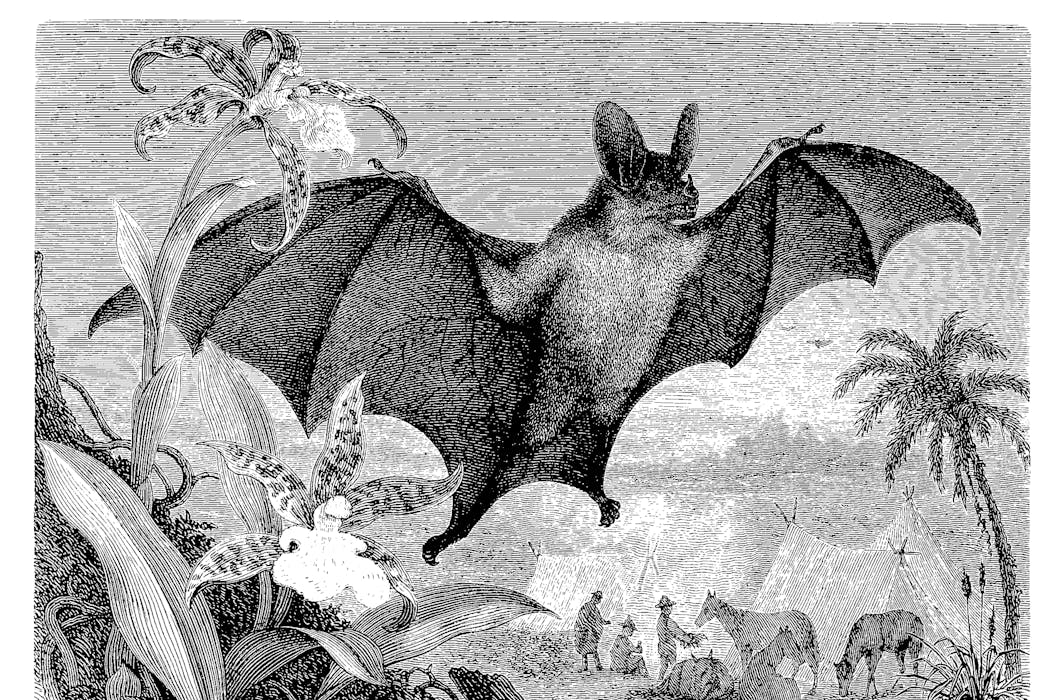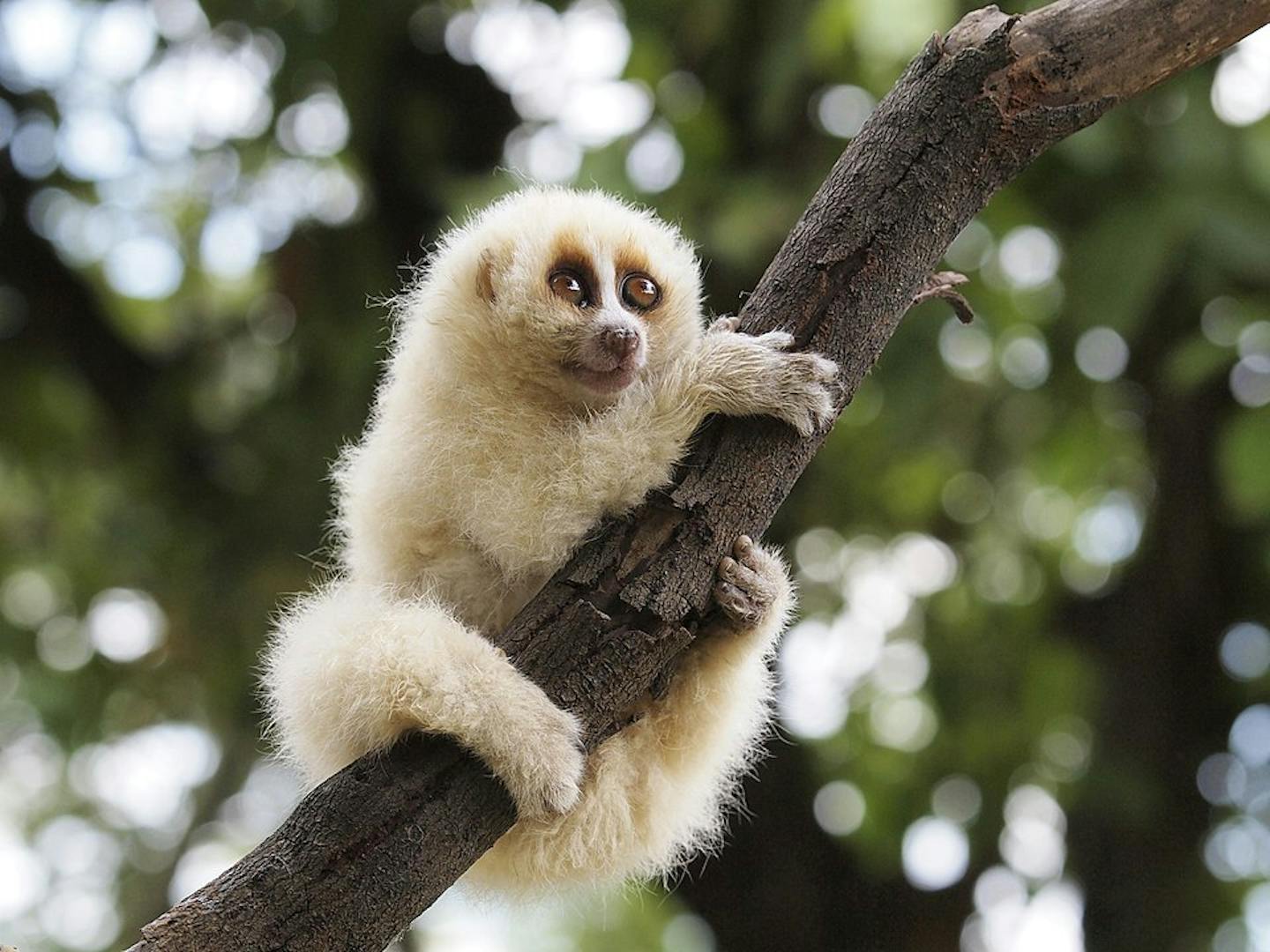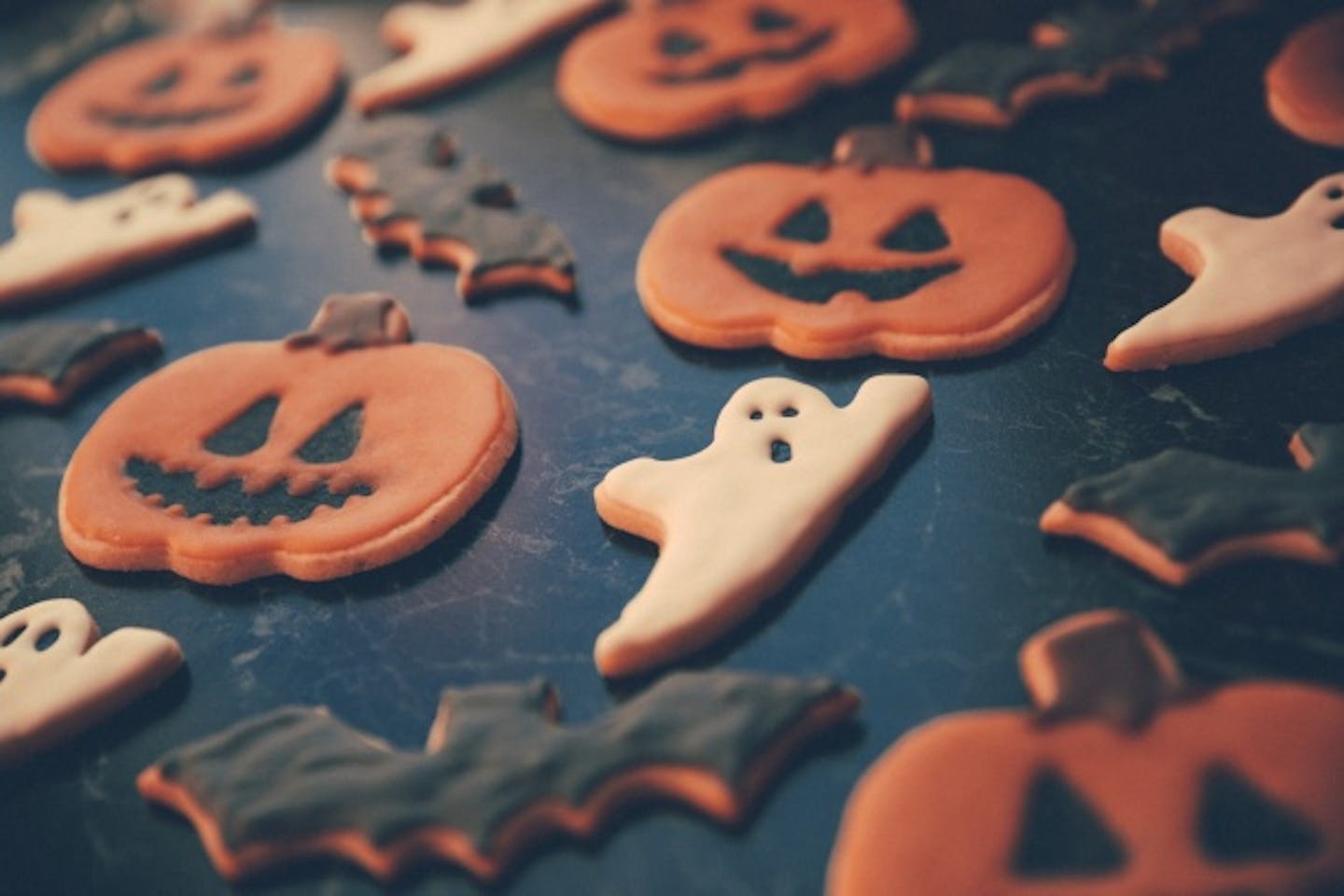
Beyond ghoulish costumes and mountains of lollies, Halloween is rooted in celebrating nature. It originated in the Celtic pagan tradition of Samhain, marking the bounty of the autumnal harvest and transition to the dark depths of winter.
Fast forward to 2025, and Halloween is a commercial juggernaut expected to exceed $A19 billion in spending in the US alone.
It’s also one that can cause serious environmental harm, generating masses of plastic and food waste, and disturbing and harming wildlife.
This year, let’s celebrate nature’s spookiest and most gruesome wildlife with an environmentally-friendly Halloween.
Move aside werewolves, headless horsemen, witches and warlocks, here are ten of the most marvellous and macabre animals that will truly turn heads.
1. Vampire and ghost bats
Dracula had nothing on vampire bats. These flying mammals use razor-sharp teeth to puncture their prey’s bodies and grooved tongues then lap up the blood. Vampire bats are restricted to Central and South America.
But Australia has the aptly-named ghost bat, although they don’t drink blood. This species hunts mammals, birds, lizards, frogs, and other prey, but is itself sadly listed as vulnerable to extinction.
2. Horned lizards
Rather than being blood suckers, some animals squirt blood to protect themselves!
Horned lizards can control and constrict the blood flow in their heads, causing pressure to build up and, ultimately, rupture blood vessels around their eyes.
Rapid and repeated squirts of blood — laced with noxious chemicals from their venomous ant prey — are shot with remarkable precision over several feet at unsuspecting would-be predators, including coyotes.
3. Dementor wasps
The dementor wasp is truly the stuff of nightmares, especially if you’re a cockroach. They inject venom into cockroach brains, turning them into compliant zombies.
Once in control, wasps lead the zombie cockroaches back to their nests, lay their eggs in or on them, and the young wasps eat them alive.
4. Goblin sharks
The ocean depths are renowned for bizarre animals, including the wolf-fish, the fang-tooth fish, the vampire squid … and the goblin shark!
These sharks have distinctly goblin-like pointed snouts and long sharp teeth. Perhaps their most shocking feature is their mouth, which can be rapidly shot out from their head when feeding.
5. Assassin bugs
Assassin bugs kill ants for a living. But that’s not all.
Once they’ve liquefied and sucked their prey dry, they pile the lifeless bodies onto their backs. This is thought to be a way to confuse living ants and avoid their attack.
6. Slow lorises
Beware cute first appearances. The slow loris is capable of turning living creatures into visions of the walking dead.
Glands in their armpits produce a noxious oil, which oozes out and is licked by the loris. Combining this oil with their saliva produces a powerful cocktail that can be delivered through strong jaws and grooved teeth capable of piercing bone.
A bite from a slow loris can cause flesh to gradually rot away.

7. Sea cucumbers
The film The Exorcist is famous for its vomiting scene, but the humble sea cucumber delivers a far more unnerving performance.
When threatened they self-evisercate, spilling their guts out of their head or rear end (cloaca) and putting off would-be predators who prefer “live prey” from their meals.
Some have additional sticky and toxic filaments able to entangle, immobilise and even kill some attackers. Once danger has passed they can retreat and over several days they will remarkably regenerate their internal organs.
8. Skipper caterpillars
Living in confined spaces can pose many problems, including how to avoid soiling your home. Skipper caterpillars that live in curled leaves have a solution – explosive defecation!
They fire their waste via a hatch and under elevated blood pressure, meaning their flung dung can travel as far as 1.5 metres. It’s believed this trick has evolved to reduce scent building up that could attract predatory wasps.
9. Gordian worms
Gordian worms are another body-snatching species.
When their encysted larvae are eaten by unsuspecting grasshoppers or crickets, they develop inside their host and ultimately control their behaviour.
They lead them to water and cause them to drown themselves, whereupon the worm that has been growing inside them hatches out and completes the parasite’s life cycle. Ridley Scott’s iconic chest-bursting scene in Aliens comes to mind.
10. Shrews
Like the slow loris, cute and furry can hide a darker side for shrews. Many shrew species are venomous, using their bite to subdue their prey.
But they don’t always eat their victims immediately. Instead, they engage in “live hoarding”, where they stow their incapacitated, comatose meals away until hunger calls.
Halloween horrors
Far scarier than any animal’s appearance or bizarre behaviour, is the toll Halloween takes on the environment.
Halloween sees a surge in the sale of single-use polyester and plastic costumes and decorations, as well as individually-wrapped sweets.
One of the most popular but dangerous Halloween decorations are fake spider webs. These synthetic fibres regularly entangle and kill wildlife. They’re often blown away, ending up in waterways – where they can cause the same issues for aquatic life.
Halloween bright lights and loud noises also confuse and disorient nocturnal animals.
Making Halloween wildlife and environmentally friendly
This Halloween, try these ideas to celebrate without harming animals and the environment.
-
Instead of buying lollies, bake Halloween-themed biscuit treats. (Make sure people with allergies know the ingredients).
-
Use biodegradable and recyclable materials like twigs, feathers, leaves and paper to make decorations. Cardboard makes excellent nature-inspired Halloween cutouts and stencils.
-
Carve a pumpkin! But eat what you scoop out to reduce food waste and compost your pumpkin afterwards to prevent adding to landfill, methane production and climate change.
-
Visit your local opportunity shop or repurpose old clothes to make a Halloween costume. It’s better to reuse and recycle than give in to fast fashion.

Why not let some of our wonderful native wildlife, like ghost bats or peacock spiders, inspire your Halloween costume and theme this year!
This article is republished from The Conversation, a nonprofit, independent news organization bringing you facts and trustworthy analysis to help you make sense of our complex world. It was written by: Euan Ritchie, Deakin University
Read more:
- New research reveals that almost half of Canadians believe in the paranormal — ghosts and all
- Is Halloween too scary for kids?
- Rare reptiles are moving up mountains as the world warms. They can’t keep doing it forever
Euan is a councillor within the Biodiversity Council, a member of the Ecological Society of Australia and president of the Australian Mammal Society.


 The Conversation
The Conversation WCBD News 2
WCBD News 2
 The Daily Beast
The Daily Beast NewsNation Crime
NewsNation Crime CBS News
CBS News New Hampshire Union Leader
New Hampshire Union Leader The Bay City Times
The Bay City Times Detroit Free Press
Detroit Free Press Associated Press US News
Associated Press US News CNN
CNN